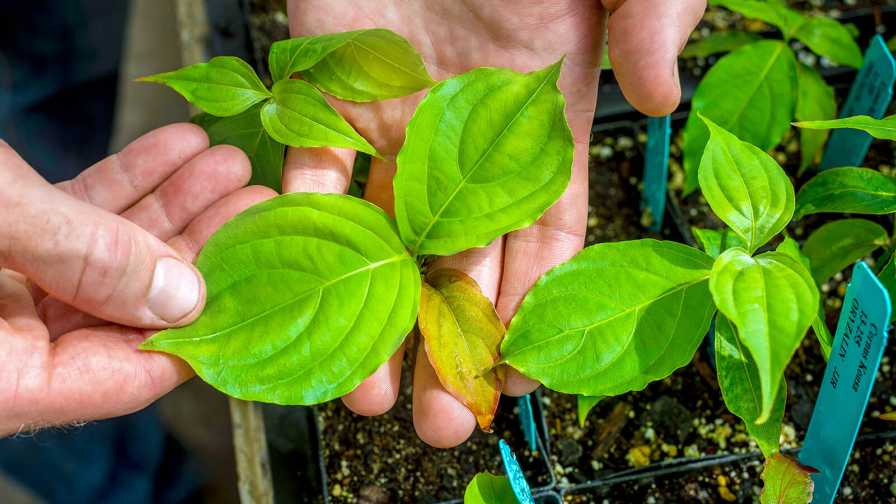New Pest Control Tools May Come In Unexpected Forms

John Erwin, University of Minnesota
If the future of greenhouse crop protection is a mix of traditional chemistry, biological control and other techniques, it makes sense to have as many tools in the toolkit as possible. One such tool may be encouraging plants to protect themselves, says John Erwin, University of Minnesota professor of greenhouse crop physiology.
One way to do this, he says, is to expose the plants to a gas that turns on their natural defense systems against pests.
“We have data that shows when you expose plants to methyl jasmonate, it increases plant defenses in certain enzymes, which basically give an insect an upset stomach. So the pest doesn’t want to eat as much, it won’t grow as large and it won’t reproduce as much,” he says.
The process has already been shown to inhibit botrytis on roses.
“Plants release methyl jasmonate themselves when they are being attacked. Other plants sense the gas and turn up their own natural defense systems to prepare. We can release that gas in a greenhouse to get the same effect.”
The process doesn’t eliminate the pest, but rather, reduces the ability of the pest to proliferate, so you have fewer pests.
“It’s one tool in the toolbox,” Erwin says. “It’s not going to eliminate pesticides, but it can reduce pesticide needs. If you have fewer pests, you need less pesticide.”
Another tool could be new combinations of familiar ones. New or innovative tank mixes of existing products are showing promise, he says.
“We have been doing a lot of work with some of the standard growth regulators, for example, and we’re finding that when we combine them, we’re getting some surprising results — different responses than we might normally expect. In the future, there will be synergies using existing chemicals but in different combinations,” Erwin says. “I think this has real potential for new uses as we see fewer new materials get registered.”









